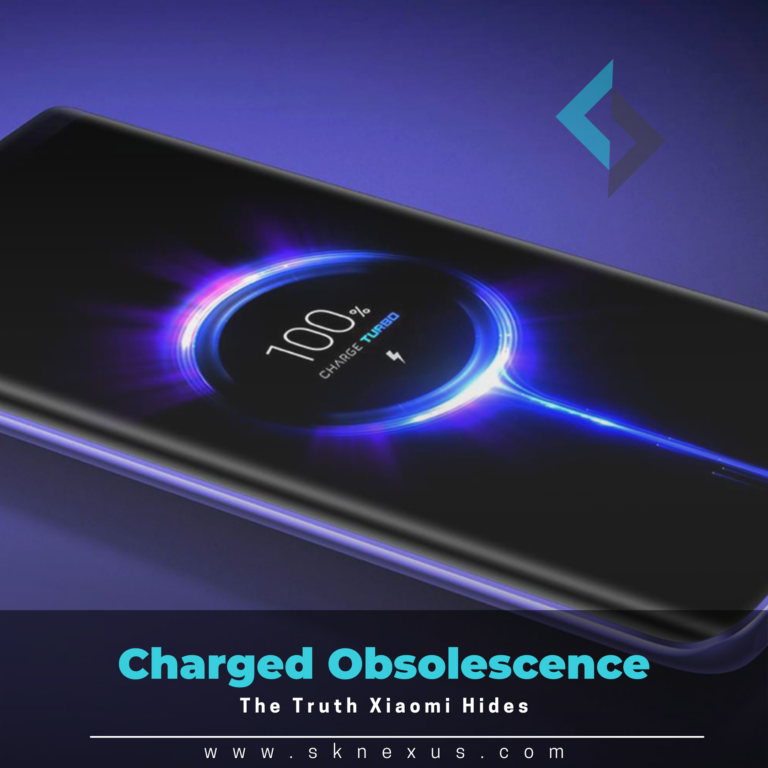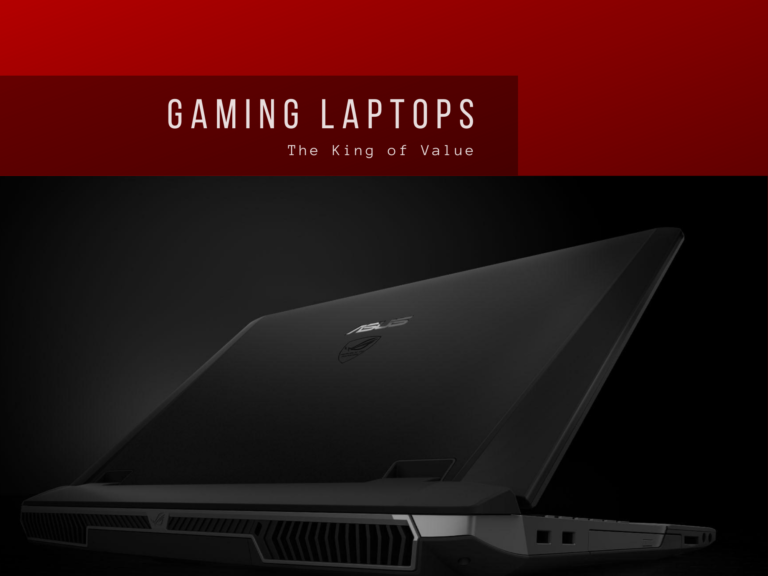As the premium smartphone industry stands, competing in components that are mass-produced, outsourced, or have low production costs have become the trend. Asian manufacturers such as Oppo, Xiaomi, and their related companies such as RedMi, RealMe, Vivo, and Pocophone have brought down compelling specifications at a much lower price. Features such as the latest Snapdragon SOC (System On a Chip), or a high definition edge to edge OLED/LCD display, multiple camera systems and premium looking designs are much more common now in mid-range priced phones than they used to be.
The trend in many ways could be attributed to OnePlus who started bringing down the price of phones with flagship specifications, but now since OnePlus’ new phones are marketed as premium phones themselves, one must ask the question, what makes a phone premium anymore?
Well, the simple answer is market share, if you are a brand which has loyalty and a strong image in the market, likes of Samsung, Apple or late Huawei; you can place your products in such a way that they can cost whatever you want them to be; because you are the one deciding the market direction. The latest example of this can be the Samsung Note 20 and the Note 20 Ultra. The Note 20 clearly seems to be a product that was released just to make the Note 20 Ultra look better, one quick look at the spec sheet and you can learn that fact.
Besides the power of a brand in the market, there are certain reasons that go unseen on marketing documentation or the spec sheet that does indeed end up making a device cost more. Most of these characteristics of a premium smartphone can only be experienced once you have gotten the device and usually by that point it is too late to turn back. This article will go over five premium features that you may miss out on when buying a mid-range device.
The User Experience of a Smartphone
The user experience is usually overlooked when it comes to a premium smartphone. The marketing material always has little or no mention of components that help this part. What user experience consists of is:
- Software Optimization: Given that each brand has its own skin on top of the vanilla Android experience, the skin they use affects the user end experience a lot. If your skin is too inconsistent and has outlandish design philosophy, it might not appeal to the everlasting minimalist design approach most premium designed phones and skins have.
- Haptics: This part of a device has been getting recent attention but still is lacking in the majority of low-end phones. Haptics is a thing that doesn’t seem important, but once you pick a premium device and feel the little nudges whenever you navigate the UI, it gives a sense of tactile feedback not possible once before.
- Response Rate/Refresh Rate: Screen refresh rate are the new buzz in 2020, even a couple of mid-range phones have managed to put that into their already amazing spec sheet so it is fair to say that the refresh rate issue will be taken care of in coming months as it won’t be any longer a premium feature. The other side of it is response rate, ever wonder why your friend’s 2-year-old iPhone X just feels more responsive? It is because of the 120Hz response rate screen, basically, the screen checks 120 times a second if it got triggered or not for every action you take on the phone. This adds up to a lot in user experience and having to never miss a touch is something that is clearly missing when you pick up a mid-range device.
Smartphone Device Storage Speeds
This aspect of the premium smartphone is boasted everywhere on marketing material and spec sheets. You will see 3GB/32GB, 4GB/64GB, or 8GB/128GB plastered over every ad and box of a mid-range device. What you don’t see is the speed difference between these components. The out of box speed of a device is nothing in the long run if the hardware behind it can’t keep up with the buildup of temp files and app caches. Next time you buy a device, search a bit about the speeds of Storage rather than just the raw capacity. eMMC, UFC, and Nand are the criteria available for storage.
Just to get a gist of what is good, UFS 3.1 is the latest standard currently among Android devices and for a theoretical difference in bandwidths till date, you can see the graph posted by Android Authority (Speeds in Megabytes per second):
Audio Input & Output
The word stereo speaker gets thrown around so much that most people don’t even know what it means. Does stereo mean just loud? Or does it mean just having 2 speakers? No one honestly knows these days. So the definition according to the webs is:
Stereophonic sound or, more commonly, stereo, is a method of sound reproduction that creates an illusion of a multi-directional audible perspective.
Having to separate sound on such a small platform such as a smartphone is really hard, especially given that most smartphones have their primary speaker at the bottom so it just does not make sense that many phones boast this specification without any true meaning. The reason for it is, the sound output is something that you won’t notice until you play your own content at your own peace, it could be freely marketed without any objective judgment and hence you will always see the same brand boasting speakers of their 100$ to 900$ smartphones because they can. Something the premium phones have is the clever audio optimization from the likes of Dolby to tune their sound profile as such that it just sounds amazing, the separation of audio from the Left to Right is good, the instrumental clarity is there and the highs sound clear and the lows sound impactful. This is something that mid-range phones simply can’t afford to have.
Premium Smartphone Image Processing
Like most things on this list, MEGAPIXEL along with QUADCAMERAS is being screamed these days by almost all manufacturers. Now it is true that having multiple lens gives you the flexibility of taking that shot you always wanted but let’s be honest, if you have one of these multi-camera smartphones with you, open your gallery now, and just see how many ultrawide or macro or telephoto photos you ever took? There won’t be much for most users, you know why?
Because those cameras just suck compared to the main one. I might as well just walk closer or farther from my subject rather than switch to the lesser quality cameras in most situations, yes selfies are better at a wide-angle though.
So the camera hardware these days has come at a level where you won’t notice a big difference in specifications among most smartphones but one thing that makes premium devices stand out is image processing, stuff that happens behind the lens.
The biggest player in the market when it comes to post-processing of an image is Google if you have ever used a Google Pixel phone camera you know that 12MP and 40MP are just numbers on a sheet, what you can do in post-processing is the real hidden talent these days. And again when it comes to mid-range phones, the number on the sheet and marketing material matters much more to sell that value rather than what happens behind the lens.
Hardware and Software Integrity in a Premium Smartphone
Lastly on our list of things missing from a typical mid-range phone is good hardware and software, reliability, and integrity wise. Mid-range phones sometimes seem intentional to be built in a way that they will need to be replaced within a year or two rather than lasting a user longer. Now it is true that some phones do outlast others, but usually, the premium devices do a better job at standing the test of time. Some simple things such as an official IP rating of IP67 or IP68 can help your phone’s internals stay safe. The use of stronger materials in conjunction with good material finish can help your phone withstand abuse.
Even the material the buttons are made of, their clickiness, and their tolerance with the body of the phone can give you a good idea of a phone’s long life ahead. Along with hardware comes software support, literally, no one can match Apple when it comes to software support of up to 6 years in many cases. Smartphones are very software-reliant unlike computers or any other consumer tech, they need constant updates to support new features and app updates, it is true that Android apps usually support the older OS for longer but when it comes to integrity and security of your premium smartphone, the latest OS is a must.
Right now your only good option when it comes to software support is Apple, Google, and recently Samsung, because of their new announcement of 3-year software support.
In conclusion
these five aspects can vary from brand to brand and device to device, but generally speaking at the time of writing this article, most of them if not all will be missing from a mid-range phone. We hope that this guide helps you make your next purchase decision and guides you on where you should make a tradeoff according to your use case scenario. Also, we would like to note that we have not detailed another big aspect within the article, which is the use of Snapdragon as the SOC in a given premium smartphone, the reason for this is the current chipmaker climate and the ongoing tensions between TSMC, ARM, and Nvidia. These tensions could cause a big market shift in the upcoming years and that story will be for that time.
As always if you enjoyed reading, we hope that you can share among interested people such as yourself.
Everything you see here – and more is powered by your Support. You can always pitch in by clicking the buttons below.

At the heart of it – I love solving problems for people using tech, it doesn’t get simpler than that.
Some know me as a Product Manager who relentlessly executes, some know me as a mentor who hand holds them to success, some know me as a techhead who won’t stop complaining about ‘that one thing’, and lastly; some know me as that guy who is always experimenting with something new.
As long as its in the realm of tech, I am interested – because my love for tech fuels my passion – sknexus.com – and my profession – saqibtahir.com





